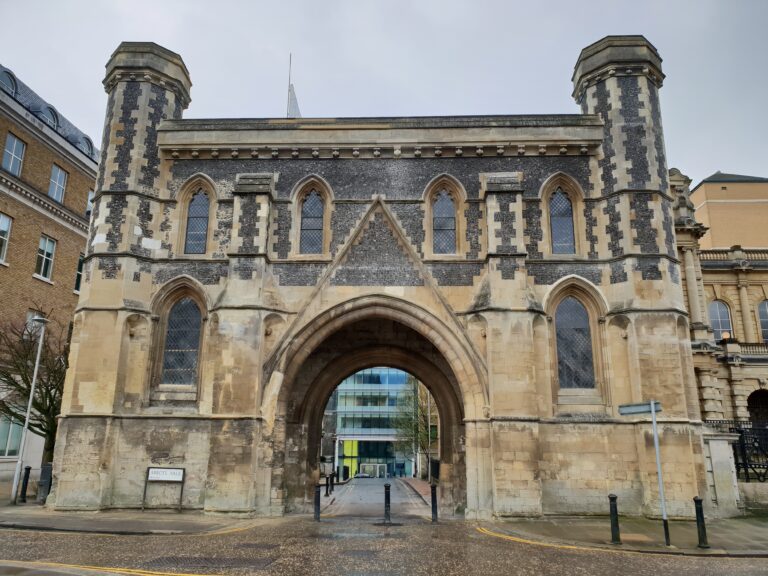If you are visiting London, have three days to spend, and are wondering about some of the fascinating Tudor places you might explore, then look no further! I have curated some of my personal favourite locations to uncover.
While the first two days cover off what I call ‘the BIG three’ must-see locations. However, day three will bring some respite from the crowds. While staying in central London, I am taking you further afield to explore some of my favourite and certainly less often visited Tudor-themed places. However, if you find yourself with more time and may be looking for extra extra inspiration, you can check out my 5-day London guide, which builds on the three days outlined here. Also, I am including a link to download my ‘Tudor London Made Easy Guide’. This highlights 17 locations in London with links to Tudor history.









